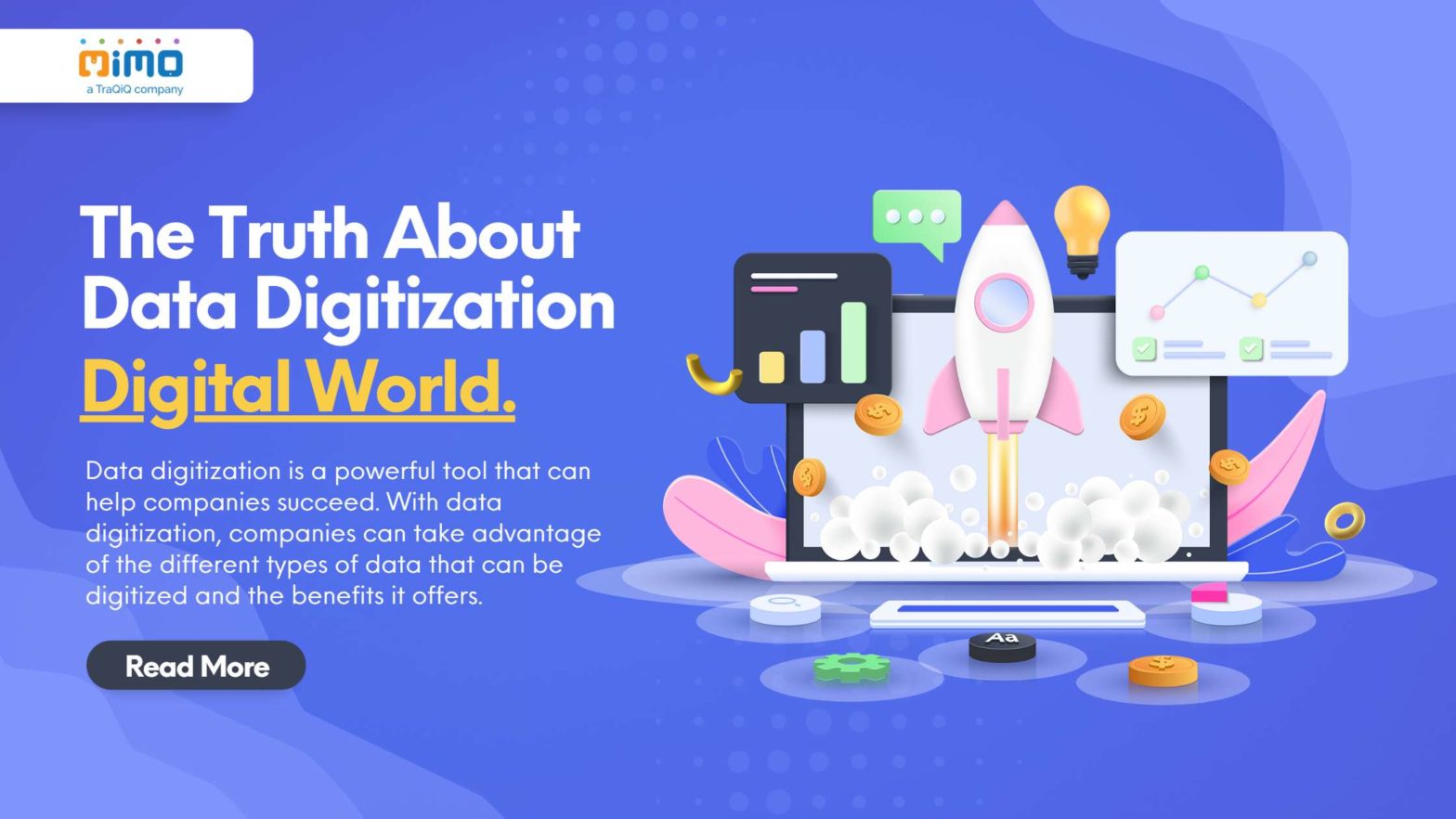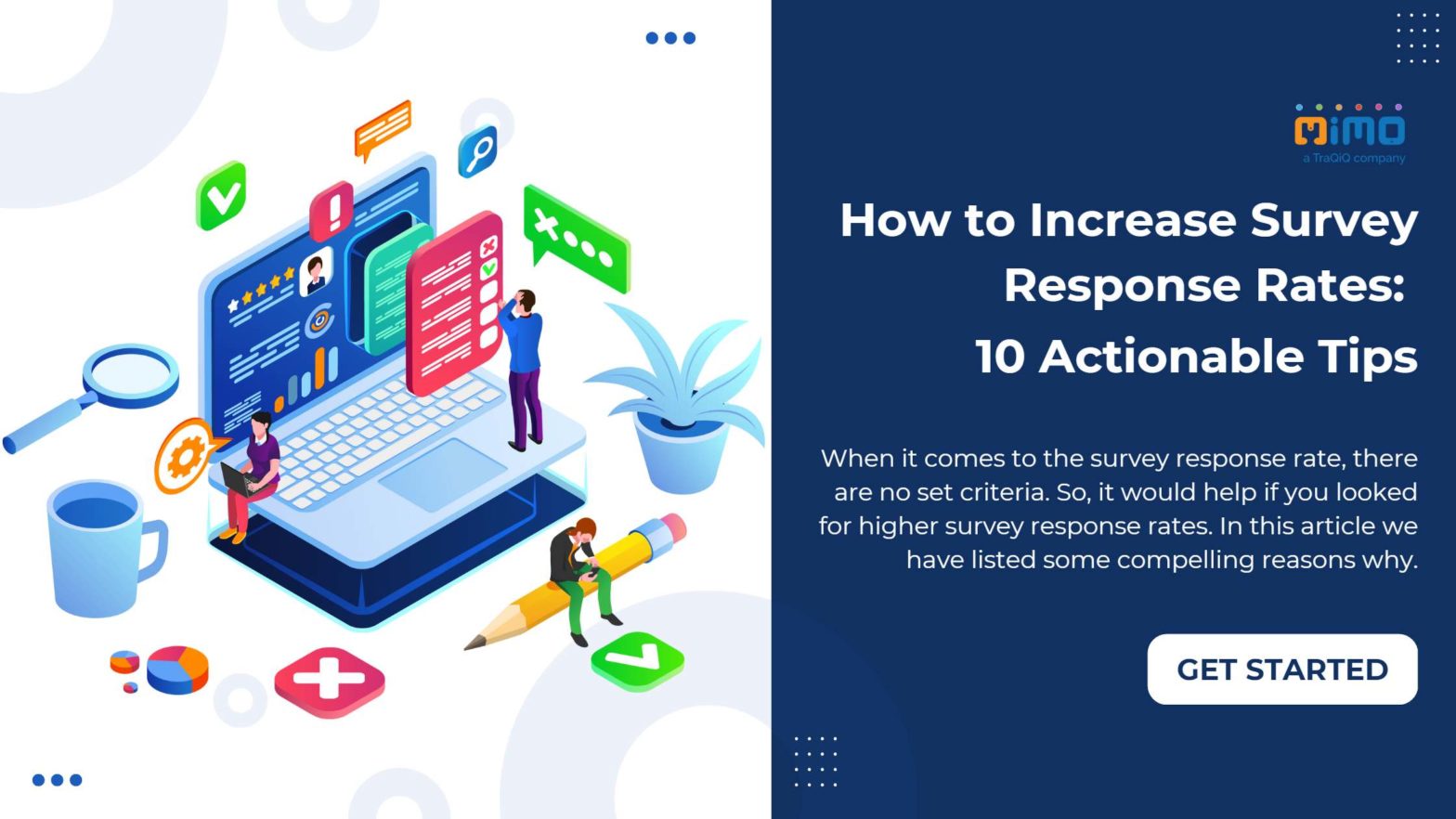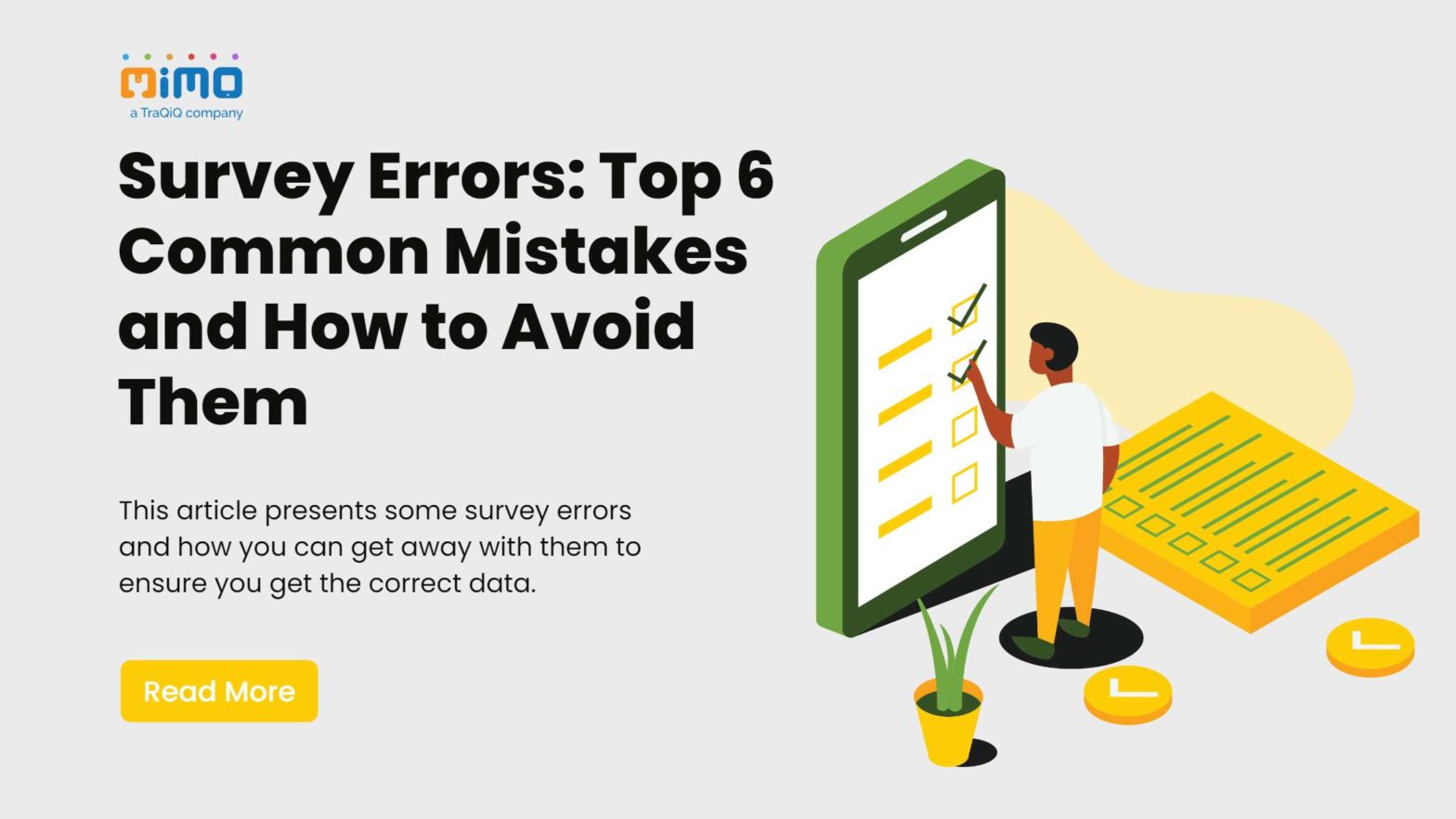
The Truth About Data Digitization
Introduction
Data digitization is the process of converting physical and analog data into digital formats. This conversion unlocks a range of possibilities for businesses, allowing them to store, access, and manage their data more efficiently. Data digitization can help companies succeed by providing them with the ability to store and efficiently analyze vast amounts of data.
Additionally, data digitization allows businesses to automate processes that would otherwise take up valuable time and resources. Different types of data can be digitized, such as customer records, employee records, financial documents, and more.
Email finders can also be used to obtain information from websites and other online sources to digitize data quickly and easily. Data digitization offers numerous benefits for businesses, including improved efficiency, better customer service, improved decision-making capabilities, improved security measures, and more.
Table of Contents
What is Data Digitization?
Data digitization is the process of converting physical data into digital formats. It involves taking analog information, such as paper documents, images, and audio recordings, and transforming it into a digital form that can be stored, transmitted, and accessed electronically.
This digital data can then be used to create reports and insights for businesses, or for any other purpose. Data digitization is a critical component of any business’s success in today’s digital world, as it allows organizations to access information quickly and efficiently.

Furthermore, it also allows businesses to store their data securely and ensure that it is backed up in the event of an emergency. As previously mentioned, email finders can be used to digitize data quickly and efficiently. Additionally, there are other tools available, such as cold email software, that businesses can use to help streamline their data digitization efforts.
How Can Digitized Data Help a Company Succeed?
Data digitization can be extremely beneficial for companies in many ways. Digitizing data allows for faster access and more streamlined processes for business operations. It also increases accuracy and eliminates the need to manually input data.
With digitized data, companies can quickly identify patterns and trends in their business, allowing them to make smarter decisions and be more agile when responding to changes in the marketplace. Additionally, digitized data can help with customer segmentation and engagement, allowing companies to target their marketing efforts more effectively.
Finally, digitized data can also improve a company’s compliance with regulations, ensuring that they comply with industry standards and best practices. By digitizing their data, companies can take advantage of all these benefits and position themselves for success in the digital age.
Different Types of Data That Can Be Digitized
Data digitization is the process of taking physical data (paper documents, hard drives, etc.) and converting it into digital format. This allows businesses to store and access their data faster, more efficiently, and more securely. There are a variety of types of data that can be digitized, including text, images, audio files, videos, and more.
Text files can be stored in various formats (documents, spreadsheets, etc.), while images and videos can be stored in various formats (JPEGs, MP4s, etc.). Audio files can be stored in various formats (WAVs, MP3s, etc.), and even physical documents can be scanned and converted into digital format.
Data digitization is an important step toward improving a company’s efficiency and success.
The Benefits of Data Digitization
Data digitization has many benefits, both for businesses and individuals. Digitizing data helps businesses increase efficiency, accuracy, and productivity while reducing costs. By digitizing data, businesses can easily store, access, analyze, and share data with colleagues and partners.
Additionally, digitizing data makes it easier to integrate data from multiple sources and automate processes like reporting and forecasting. This helps businesses make better decisions faster and more accurately. Furthermore, by digitizing data businesses can protect their data from external threats like cyber-attacks since digital data is more secure and less vulnerable to manipulation than physical documents.
Finally, digital data makes it easier to access information quickly whenever needed. All these benefits make data digitization an essential part of any business’s success.
How to Securely Store Digitized Data

Storing digitized data securely is key to ensuring the safety of your company’s information. To ensure data security, organizations should implement secure backups and data encryption. Regular backups should be stored offline or in the cloud and encrypted using strong encryption protocols.
Additionally, access to the data should be limited to only those who need it, and it should be regularly monitored for suspicious activity.
Organizations should also employ advanced security measures such as two-factor authentication, network segmentation, and user access control to protect their digitized data from hackers and other malicious actors.
By taking these steps, organizations can protect their digitized data and ensure that their company’s information is safe and secure.
Using Machine Learning and AI in Data Digitization
Utilizing the latest technology and methods, companies are increasingly taking advantage of machine learning and artificial intelligence (AI) to help with data digitization. Through the use of machine learning, businesses can automate the tedious task of data entry and extraction, enabling them to quickly and accurately digitize large amounts of data.
Additionally, AI can be used to analyze the data for patterns and trends that would be difficult for humans to detect. With these tools, businesses can gain valuable insights from their data that can help them make better decisions and stay competitive in their respective markets.
By leveraging machine learning and AI in data digitization, companies can take a proactive approach to their data management and ensure that they have access to accurate, up-to-date information.
The Pros and Cons of Data Digitization
Data digitization is a powerful tool that various companies succeed in various ways. It can improve customer service, streamline operations, and increase productivity. However, it also has its drawbacks.
Data digitization can be expensive, and it requires a certain level of technical know-how and technology to implement. Additionally, it can create privacy and security risks if data is not properly secured. On the positive side, data digitization can help companies save money in the long run by eliminating paper-based processes, improving accuracy and efficiency, and enabling better customer service.
It can also help companies access valuable insights to aid in decision-making. Ultimately, the pros and cons of data digitization must be carefully weighed against each other before deciding whether or not it’s the right choice for a company.
Conclusion
In conclusion, data digitization is a powerful tool that can help companies succeed. With data digitization, companies can take advantage of the different types of data that can be digitized and the benefits it offers.
Additionally, businesses can leverage machine learning and AI to further improve the accuracy and efficiency of their data digitization. Although there are risks associated with digitizing data, when done properly, by taking the help of data digitization services it can be an invaluable asset for a successful business.
Like this article?
More To Explore

Why is Internal Audit Important for Strengthening Banking Organizations?
+91 1141182211 IA procedures are the cornerstone of a robust banking system. They act as a powerful tool for banks

What are the Numerous Advantages of Auditing and Assurance Services?
+91 1141182211 Financial transparency, risk management, and improved internal controls are all crucial aspects of a healthy organization. But how

Streamlining the Journey: Making Your CPV Process Faster and More Efficient
+91 1141182211 In today’s competitive landscape, ensuring consistent product quality while maintaining efficiency is paramount. For industries like pharmaceuticals and



































